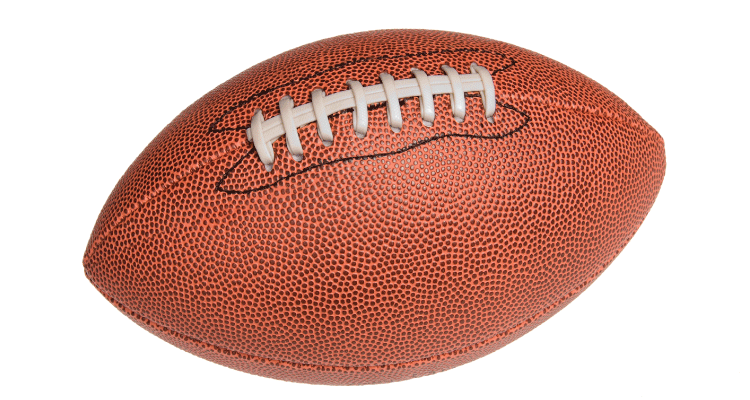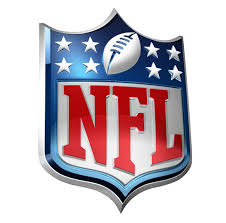Like many businesses, the National Football League is experimenting with big data to help players, fans, and teams alike.
The NFL recently announced a deal with tech firm Zebra to install RFID data sensors in players’ shoulder pads and in all of the NFL’s arenas. The chips collect detailed location data on each player, and from that data, things like player acceleration and speed can be analyzed.
The NFL plans to make the data available to fans and teams, though not during game play. The thought is that statistics-mad fans will jump at the chance to consume more data about their favorite players and teams.
In the future, the data collection might be expanded. In last year’s Pro Bowl, sensors were installed in the footballs to show exactly how far they were thrown.
Of course, this isn’t the NFL’s first foray into big data. In fact, like other statistics-dependent sports leagues, the NFL was crunching big data before the term even existed.
However, in the last few years, the business has embraced the technology side, hiring its first chief information officer, and developing its own platform available to all 32 teams. Individual teams can create their own applications to mine the data to improve scouting, education, and preparation for meeting an opposing team.
It’s also hoped that the data will help coaches make better decisions. They can review real statistics about an opposing team’s plays or how often one of their own plays worked rather than relying solely on instinct. They will also, in the future, be able to use the data on an individual player to determine if he is improving.
Diehard fans can, for a fee, access this same database to build their perfect fantasy football team. Because, at heart, the NFL believes that the best fans are engaged fans. They want to encourage the kind of obsessive statistics-keeping that many sport fans are known for. It’s hard to predict how this flood of new data will impact the game. In 2015, only 14 stadiums and a few teams were outfitted with the sensors. And in 2016, the NFL decided against installing sensors in all footballs after the politics of 2015’s “deflate gate” when the Patriots were accused of under inflating footballs for an advantage. Still, it seems fairly easy to predict that the new data will quickly make its way into TV broadcast booths and instant replays. Broadcasters love to have additional data points to examine between plays and between games.
2016 also marked the 50th year of the Super Bowl, and plenty has changed since the first time teams duked it out for the national title. Sports analysts have been collecting data on football games since the very beginning, but our data collection techniques and abilities have vastly improved. New sensors in stadiums and on NFL players’ pads and helmets help collect real-time position data, show where and how far players have moved, and can even help indicate when a player may have suffered a damaging hit to the head.
In 2013, Microsoft struck a $400 million deal with the NFL to make this data available to coaches and players via their Surface tablets. Coaches use the tablets to demonstrate and review plays on the sidelines, as well as access real-time data from the NFL’s databanks.
Of course, the partnership hasn’t been all smooth. At first, commenters kept referring to the tablets as “iPads,” and had to be reminded many times to call them by their brand name. Then, during the AFC championship game this year, the Patriots briefly had connectivity issues, causing the tablets to stop working.
And, of course, the commenters remembered to call them by their brand name that time just as, almost as unfortunately, the network ran a Microsoft ad during the break.
Still, connectivity issues aside, the advent of real-time data access is potentially changing the way coaches view games and call plays. As data collection has improved, people are also turning more and more to computer algorithms to predict the outcome of the game. Big data, IoT sensors, and new analytics abilities makes even more data available, including real-time distance traveled and position on the field, how weather conditions affect individual plays, and even predicting individual player matchups.
But it’s still a long way from a sure bet.
A company called Varick Media Management has created its own Prediction Machine to predict the outcome of all the games in the season. The site also offers its “Trend Machine” which can analyze many different matchups from more than 30,000 games over 35 years of play.
However, their accuracy is far from perfect; in the 2014-2014 regular season, they boasted a 69% accuracy rating. But, they were the only major predictor to foresee the Seattle Seahawks blowout win over the Denver Broncos in 2014. Facebook tried to use social data to predict the outcome, and predicted the Broncos would take home the trophy. Another way big data could be changing the game is in the realm of advertising.
Everyone knows Super Bowl ads cost millions of dollars — a record $5 million for a 30-second spot this year — but what big data showed marketers last year is that most of the online chatter about Super Bowl XLIX took place after the game.
This could be a boon for advertisers who want to take advantage of the attention on the game, but can’t afford a TV spot. In fact, by using data to strategically target only certain consumers, online advertising could represent a much better investment with better engagement — and at a fraction of the cost.
That could mean that, for well targeted ads, online advertising could have a better return on investment than television, even ads aired during the most-watched event on live TV.
In addition, social listening in years past told us that social media users talked more about the brands, commercials, and halftime show than they did the game. That points to an important social opportunity for brands who can afford to advertise during the game.
As we all know, brands can make or break a big social opportunity like this depending on how well their social media is managed, and how well they’re watching their data. Take the Oreo blackout tweet during the 2013 Super Bowl — many said the Twitter ad “won” the Super Bowl marketing game that year, and they paid mere pennies compared to brands that bought TV ads.
For Big Data certification – http://www.vskills.in/certification/Big-data




